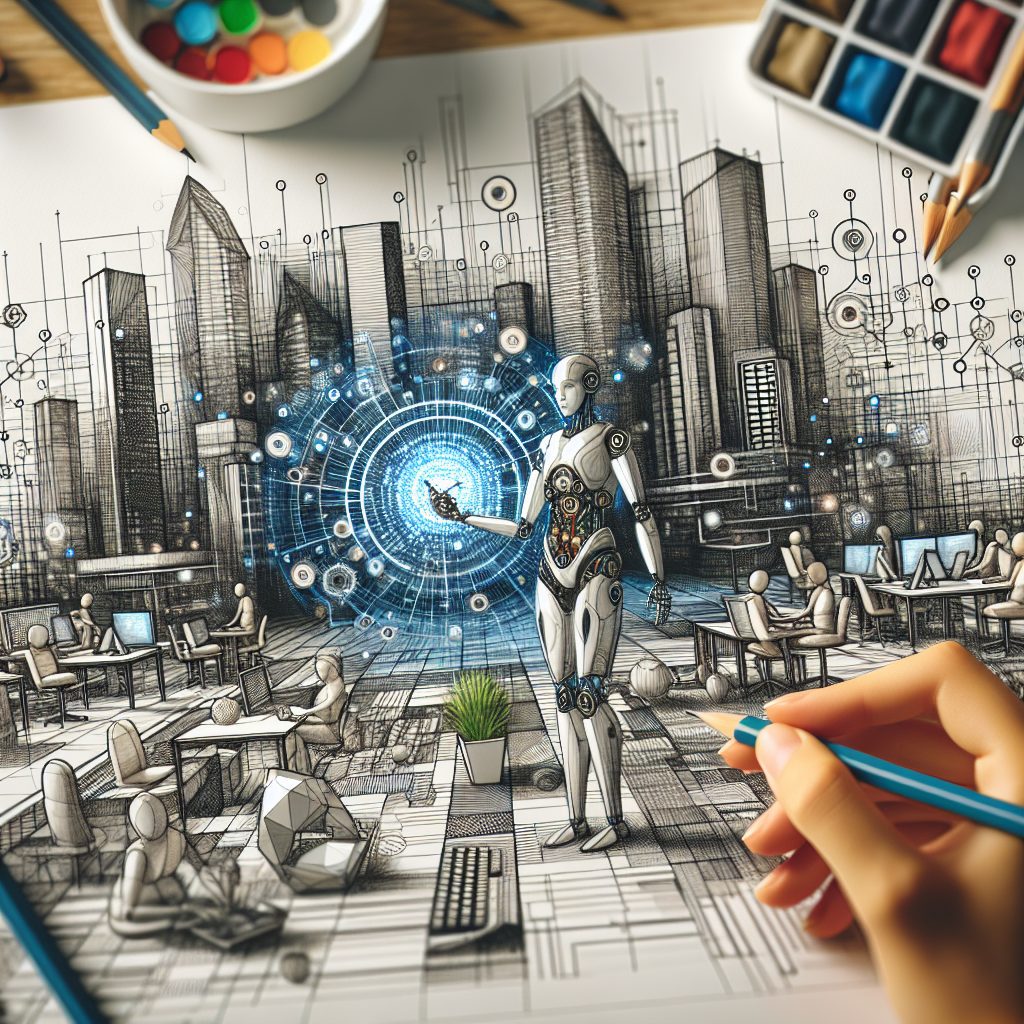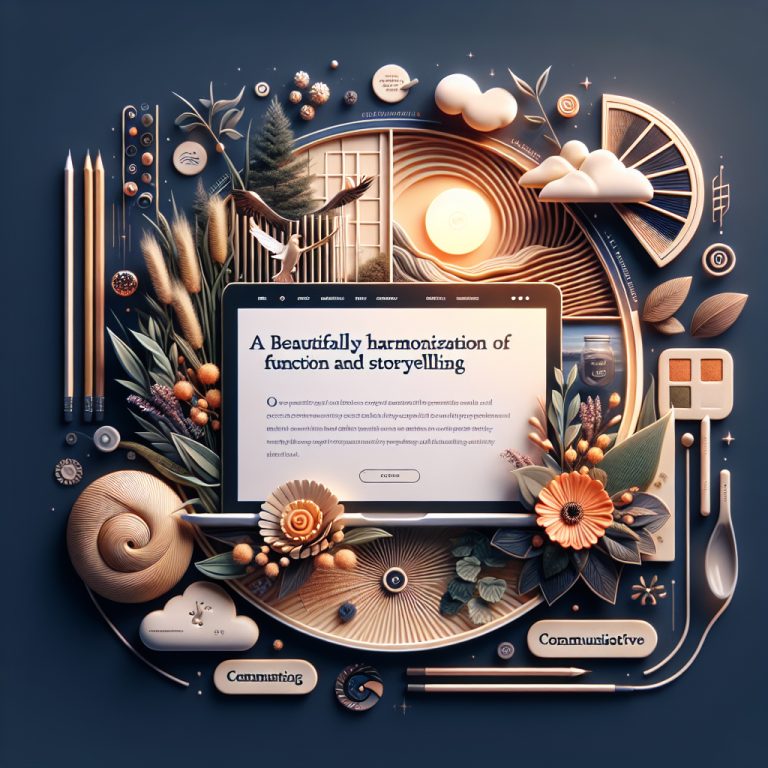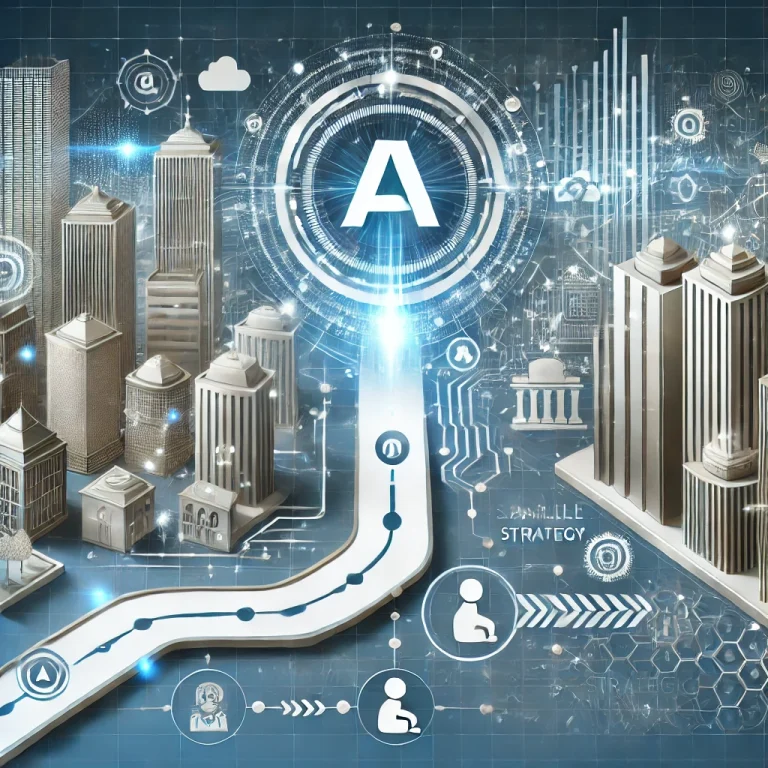In the ever-evolving world of technology, the phrase "Human vs. AI" often evokes thoughts of competition, as if we’re gearing up for a battle between organic and artificial intelligence. But what if it’s less about confrontation and more about collaboration?
Creativity and Empathy: The Human Edge Humans are naturally creative beings. We possess the ability to think abstractly, create art that stirs emotions, and relate to one another on an emotional level. These uniquely human qualities — our intuition, empathy, and ability to adapt to unexpected changes — allow us to craft meaningful experiences, something machines struggle with.
Take design, for example. While AI tools can generate layouts, color palettes, or even predict trends based on vast amounts of data, it is still the human designer who breathes life into those suggestions. Our capacity to infuse personality and purpose into our work is what sets us apart.
AI’s Strengths: Speed and Precision On the other side, AI excels in processing data and performing repetitive tasks at lightning speed. It can analyze patterns in a matter of seconds, automate mundane work, and enhance productivity. For creative professionals, AI tools have become essential partners, helping us focus on higher-level tasks and deeper creative exploration.
In design, AI can streamline workflows by generating variations of a concept, resizing graphics instantly, or even suggesting typography based on content analysis. But it is the human eye that decides whether those suggestions fit the intended message.
The Future: Symbiosis, Not Replacement Instead of fearing a future where AI replaces human jobs, we should view AI as a tool that amplifies our abilities. When humans and AI collaborate, we unlock new levels of creativity and efficiency.
AI frees us from the repetitive, time-consuming tasks, allowing us to focus on what we do best: innovation, problem-solving, and emotional connection.







